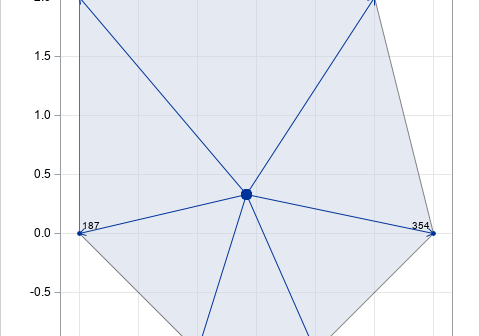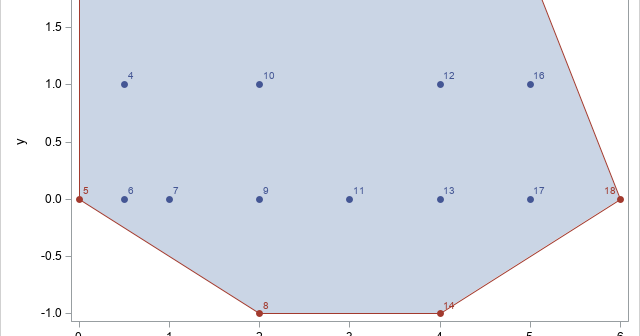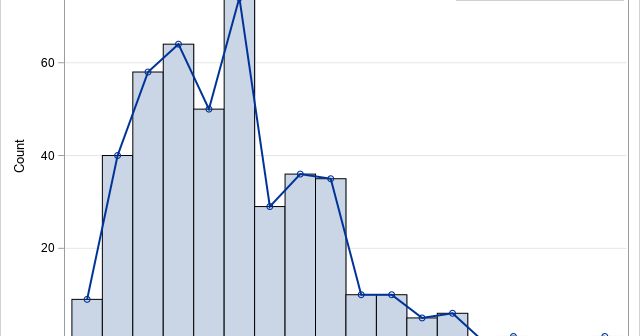The DO Loop
Statistical programming in SAS with an emphasis on SAS/IML programs
Did you know that the loess regression algorithm is not well-defined when you have repeated values among the explanatory variables, and you request a very small smoothing parameter? This is because loess regression at the point x0 is based on using the k nearest neighbors to x0. If x0 has

When SAS 9 programmers transition to SAS Viya, there are inevitably questions about how new concepts in Cloud Analytic Services (CAS) relate to similar concepts in SAS. This article discusses the question, "What is the difference between a libref and a caslib?" Both are used to access data, but they

I attended a seminar last week whose purpose was to inform SAS 9 programmers about SAS Viya. I could tell from the programmer's questions that some programmers were confused about three basic topics: What are the computing environments in Viya, and how should a programmer think about them? What procedures

In a previous article, I showed how to use theCVEXHULL function in SAS/IML to compute the convex hull of a finite set of planar points. The convex hull is a convex polygon, which is defined by its vertices. To visualize the polygon, you need to know the vertices in sequential

Given a cloud of points in the plane, it can be useful to identify the convex hull of the points. The convex hull is the smallest convex set that contains the observations. For a finite set of points, it is a convex polygon that has some of the points as

I was recently asked how to create a frequency polygon in SAS. A frequency polygon is an alternative to a histogram that shows similar information about the distribution of univariate data. It is the piecewise linear curve formed by connecting the midpoints of the tops of the bins. The graph
